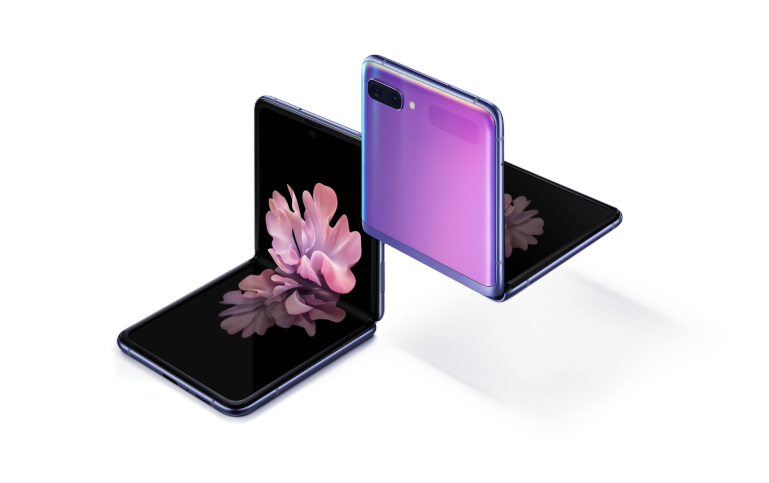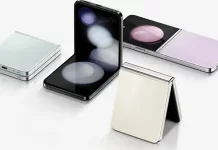Last year, companies like Samsung and Huawei introduced their first foldable smartphones in the market and now both the companies are gearing up to launch a second-generation of the same pretty soon.
Apart from these two brands, other smartphone makers are also working on their own foldable devices. While companies are working on an innovative design for their smartphones, it seems that technology will remain unchanged for years.

According to the report from market research firm UBI Research, foldable smartphones are expected to keep using the ultra-thin glass (UTG) and colorless polyimide (CPI) at least for the next five years.
It further added that the shipments for the CPI films and UTG will reach 4.5 million units and 3.5 million units, respectively, this year. The firm predicts that both the materials will grow in the next 5 years.
As per the estimated, by the year 2024, CPI films shipment will reach 37.1 million units and UTG 30.5 million units. The research firm said it took into account the outlook for foldable OLED panels and manufacturers’ yield rates.
EDITOR’S PICK: Huawei Mate V moniker trademarked possibly for the in-ward folding foldable phone
Samsung Electronics is procuring its foldable OLED panels from Samsung Display which uses Sumimoto Chemical’s CPI films. On the other hand, BOE and Royole both have used CPI films from South Korea’s Kolon Industries.
The Samsung Galaxy Z Flip smartphone, launched earlier this year, was the first foldable smartphone from Samsung to use ultra-thing glass (UTG). The company will be using the same for the upcoming Galaxy Z Fold 2, which is expected to launch next month.
The report from UBI Research claims that Samsung Display will supply Samsung Electronics with foldable OLED panels with UTG while shipping those with CPI films to Huawei. But, most other vendors will use CPI films but are researching foldable OLED panels that use UTG as well.
UP NEXT: Samsung Galaxy Note20 Ultra live shots reveal curved display, slimmer bezels, and sleek rear
(Via)







